-
 Bitcoin
Bitcoin $118900
-2.66% -
 Ethereum
Ethereum $4299
-0.03% -
 XRP
XRP $3.146
-3.85% -
 Tether USDt
Tether USDt $1.000
0.02% -
 BNB
BNB $808.4
-1.56% -
 Solana
Solana $174.9
-5.25% -
 USDC
USDC $0.9999
0.01% -
 Dogecoin
Dogecoin $0.2238
-6.06% -
 TRON
TRON $0.3478
2.15% -
 Cardano
Cardano $0.7812
-4.99% -
 Chainlink
Chainlink $21.52
-3.27% -
 Hyperliquid
Hyperliquid $43.17
-7.07% -
 Stellar
Stellar $0.4371
-3.82% -
 Sui
Sui $3.672
-6.55% -
 Bitcoin Cash
Bitcoin Cash $593.8
2.88% -
 Hedera
Hedera $0.2468
-7.18% -
 Ethena USDe
Ethena USDe $1.001
0.02% -
 Avalanche
Avalanche $23.02
-6.25% -
 Litecoin
Litecoin $119.5
-3.72% -
 Toncoin
Toncoin $3.423
0.51% -
 UNUS SED LEO
UNUS SED LEO $9.020
-1.06% -
 Shiba Inu
Shiba Inu $0.00001298
-5.49% -
 Uniswap
Uniswap $11.22
0.76% -
 Polkadot
Polkadot $3.897
-5.33% -
 Cronos
Cronos $0.1672
-2.70% -
 Dai
Dai $1.000
0.02% -
 Ethena
Ethena $0.7925
-5.47% -
 Bitget Token
Bitget Token $4.410
-1.92% -
 Monero
Monero $260.1
-4.80% -
 Pepe
Pepe $0.00001127
-7.77%
Will the restriction of OKX devices affect the use of DApp?
OKX's device restrictions impact DApp usage variably, depending on the DApp's architecture and the restriction's severity; decentralized DApps are less affected than those reliant on specific browsers or extensions, potentially frustrating users and impacting adoption.
Mar 02, 2025 at 09:12 am
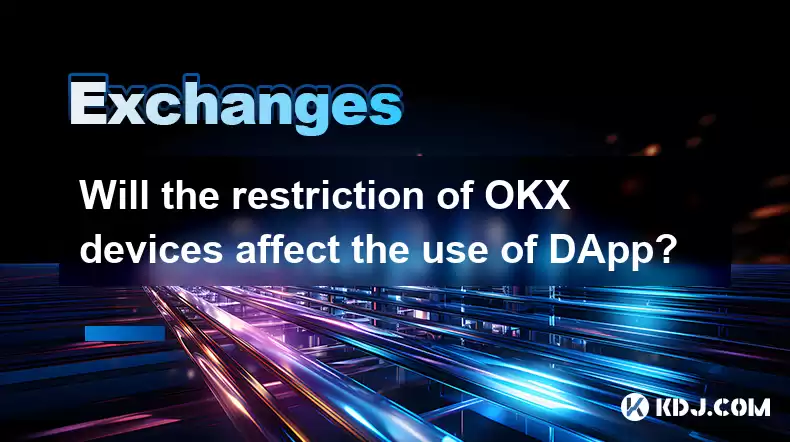
Will the Restriction of OKX Devices Affect the Use of DApp?
Key Points:
- The impact of OKX device restrictions on DApp usage depends heavily on the specific DApp and its implementation. Some DApps rely heavily on specific browser extensions or wallet integrations, making them vulnerable to restrictions imposed by platforms like OKX. Others are more decentralized and less susceptible.
- The nature of the restriction itself is crucial. A complete block of certain devices might severely limit access to DApps for affected users. However, less stringent restrictions, like limitations on specific features, might have a less significant impact.
- Understanding the technical architecture of the DApp is paramount. DApps built on different blockchains and using various programming languages will react differently to device restrictions. This complexity makes a generalized answer impossible.
- User experience is profoundly affected. If a user's preferred device is restricted, they will face difficulties accessing and interacting with the DApp, potentially leading to frustration and abandonment of the platform. This underscores the need for DApp developers to consider accessibility across a range of devices.
- The long-term effects are uncertain and depend on the actions of OKX and the DApp community. Increased restrictions could drive users to alternative platforms, negatively impacting the DApp's reach and adoption.
- Step 1: Understanding OKX's Device Restrictions
OKX, like many centralized exchanges, has the right to implement restrictions on the devices used to access its platform. These restrictions can vary significantly in their scope and implementation. They might range from simple limitations on the types of operating systems (e.g., blocking outdated versions of iOS or Android) to more stringent measures, such as blocking access from specific device models or those exhibiting unusual activity. The rationale behind these restrictions is often to enhance security and prevent unauthorized access. By limiting access from vulnerable or compromised devices, OKX aims to protect user funds and maintain the integrity of its platform. However, these restrictions can inadvertently impact the usage of decentralized applications (DApps) that users might access through their OKX accounts or via browsers linked to their OKX ecosystem. The impact, therefore, isn't uniform and depends on several intertwining factors. For example, a restriction solely targeting devices with known vulnerabilities in their operating systems might have a limited impact on DApp usage, primarily affecting users on those vulnerable devices. Conversely, a broader restriction, perhaps targeting specific device manufacturers or models due to suspected malicious activity, could significantly hinder DApp accessibility for a larger user base. The opacity around the specific criteria used by OKX to implement these restrictions further complicates the assessment of their potential effects on DApp usability. Users are often left in the dark about the precise reasons why their devices are blocked, making it challenging to circumvent the restrictions or understand the potential risks involved. This lack of transparency can breed distrust and frustration among users, potentially leading to them seeking alternative platforms.
- Step 2: The Interplay Between OKX and DApp Architecture
The relationship between OKX’s device restrictions and DApp functionality is complex and highly dependent on the specific architecture of the DApp in question. Some DApps are tightly integrated with specific web browsers or browser extensions, relying on features or functionalities provided by those platforms. If OKX restricts access to a particular browser or blocks the use of a crucial browser extension, this could render the DApp inaccessible to users on affected devices, regardless of whether the DApp itself is decentralized. Conversely, DApps built with a focus on decentralization and utilizing blockchain technologies directly might be less susceptible to these restrictions. These DApps often interact with the blockchain network directly, bypassing the need for intermediary services or browser extensions that could be targeted by OKX's restrictions. The specific blockchain protocol also plays a role. DApps built on permissionless blockchains like Ethereum generally enjoy greater resilience to platform restrictions than those built on permissioned blockchains or those reliant on centralized services. The programming language used in the DApp's development can also affect its vulnerability to restrictions. DApps built using languages that offer greater control over network interactions might be better equipped to circumvent platform-level restrictions. However, this usually comes with increased complexity and potential security vulnerabilities. Finally, the storage mechanisms employed by the DApp—whether it relies on IPFS, Arweave, or a centralized storage solution—can also impact its sensitivity to OKX's restrictions. If the DApp depends on a centralized storage solution that is inaccessible due to OKX's policies, it could render the DApp unusable, even if its core functionality is decentralized.
- Step 3: Impact on User Experience and Accessibility
The practical implications of OKX's device restrictions on DApp usage manifest primarily in the user experience. When a user's preferred device is blocked, their ability to access and interact with the DApp is directly compromised. This can lead to frustration, particularly for users who may not be technologically savvy enough to understand the underlying reasons or find alternative solutions. The impact extends beyond mere inconvenience; it can lead to users abandoning the DApp altogether, impacting its adoption and growth. Accessibility is a crucial aspect of DApp design and usability. If a DApp is inaccessible to users on a significant number of devices due to OKX's restrictions, it severely limits its potential reach and user base. This highlights the importance of DApp developers considering device compatibility and resilience to platform-level restrictions in their design and development process. Building DApps that are platform-agnostic and function seamlessly across various devices and browsers is essential to ensure a positive user experience and broader adoption. Developers need to account for the potential for centralized platforms to impose restrictions and design their DApps accordingly. This might involve employing alternative methods for user authentication, data storage, and network interaction to minimize reliance on specific platforms or services susceptible to restriction.
- Step 4: Technical Solutions and Mitigation Strategies
While completely eliminating the impact of OKX's device restrictions on DApp usage might be challenging, several technical strategies can mitigate their effects. One approach is to diversify access points. Instead of relying solely on a single platform or browser extension for access, DApps can be designed to support multiple access methods, including direct connections to the blockchain network, alternative wallets, and various browser environments. This reduces dependence on a single point of failure, such as OKX. Another strategy is to improve the DApp's resilience to network restrictions. This might involve employing techniques like decentralized storage solutions and peer-to-peer communication protocols to minimize reliance on centralized services that could be subject to restrictions. Furthermore, developers should consider incorporating robust error handling and fallback mechanisms within the DApp. If a connection to a specific platform is blocked, the DApp should gracefully handle the failure and provide alternative access routes or inform the user of the issue, suggesting workarounds. Finally, enhancing the transparency of the DApp's architecture and functionality is crucial. By providing users with clear information about how the DApp interacts with different platforms and services, developers can help users understand the limitations and potential impact of restrictions imposed by platforms like OKX. This proactive approach fosters user trust and encourages them to find solutions or adapt to the limitations.
- Step 5: The Long-Term Implications and Future Outlook
The long-term implications of OKX's device restrictions on DApp usage are multifaceted and uncertain. If restrictions become increasingly stringent or widespread, it could drive users toward alternative platforms that offer greater freedom and accessibility. This could negatively impact the adoption and growth of DApps reliant on platforms like OKX for access. The DApp community will need to adapt to this evolving landscape, prioritizing decentralized solutions and minimizing reliance on centralized intermediaries. This might involve a shift towards more decentralized infrastructure, improved cross-platform compatibility, and enhanced user education about the potential limitations of relying on centralized exchanges for accessing DApps. Conversely, if OKX's restrictions remain relatively limited in scope and are justified by legitimate security concerns, the impact on DApp usage might be less significant. However, a lack of transparency around the criteria used for implementing these restrictions can breed distrust and uncertainty, potentially stifling innovation and growth within the DApp ecosystem. The long-term outcome will depend heavily on the evolving relationship between centralized exchanges like OKX and the decentralized nature of DApps. Balancing security concerns with user accessibility and freedom will be crucial in shaping the future of DApp development and adoption.
FAQs:
Q: What if my device is restricted by OKX, but I need to access a specific DApp?
A: If your device is restricted by OKX, you may need to use a different device, or consider accessing the DApp through a different platform or browser that isn't subject to OKX's restrictions. Some DApps may offer access through multiple methods. Check the DApp's documentation for alternative access points. You could also consider using a VPN, although this carries its own security risks.
Q: Are all DApps equally affected by OKX device restrictions?
A: No, the impact varies greatly depending on the DApp's architecture, the nature of the restriction, and the platform it's built on. Highly decentralized DApps are less susceptible than those relying heavily on centralized services or specific browser extensions.
Q: Can OKX's restrictions be circumvented?
A: While some technical workarounds might exist, attempting to circumvent restrictions can be risky and may violate OKX's terms of service. It also might compromise your security.
Q: What role does the blockchain protocol play in this issue?
A: DApps on permissionless blockchains generally exhibit greater resilience to platform restrictions compared to those on permissioned blockchains or those relying on centralized services.
Q: What responsibilities do DApp developers have regarding device restrictions?
A: Developers should design DApps with platform agnosticism in mind, minimizing reliance on specific platforms and offering multiple access points to ensure broader accessibility. They should also prioritize robust error handling and provide clear information to users.
Q: Is this a security issue for users?
A: While OKX's restrictions are often implemented for security reasons, the lack of transparency can create uncertainty. Users should be cautious about workarounds and prioritize reputable platforms and security best practices. The restrictions themselves may not be a direct security vulnerability, but the methods users might employ to circumvent them could be.
Disclaimer:info@kdj.com
The information provided is not trading advice. kdj.com does not assume any responsibility for any investments made based on the information provided in this article. Cryptocurrencies are highly volatile and it is highly recommended that you invest with caution after thorough research!
If you believe that the content used on this website infringes your copyright, please contact us immediately (info@kdj.com) and we will delete it promptly.
- Memecoins, Corporate Treasury, and the New Frontier: A NYC Perspective
- 2025-08-12 14:30:13
- Dogecoin, Presale, Surge: Riding the Meme Coin Wave
- 2025-08-12 11:10:12
- Dogecoin, Tron, and the ROI Reality Check: What's a Crypto Investor to Do?
- 2025-08-12 11:15:12
- Ethereum Layer-2 Scaling Competition Heats Up as ETH Breaks $4K
- 2025-08-12 10:30:12
- China Regulation, Stablecoins, and BNB Presale: Navigating the Crypto Landscape
- 2025-08-12 11:30:12
- Meme Coins, Investment, and Token Burns: What's Hot in 2025?
- 2025-08-12 10:30:12
Related knowledge
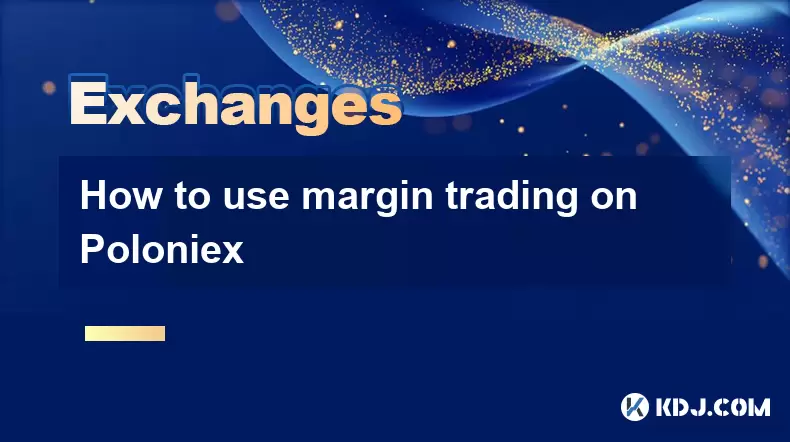
How to use margin trading on Poloniex
Aug 08,2025 at 09:50am
Understanding Margin Trading on Poloniex
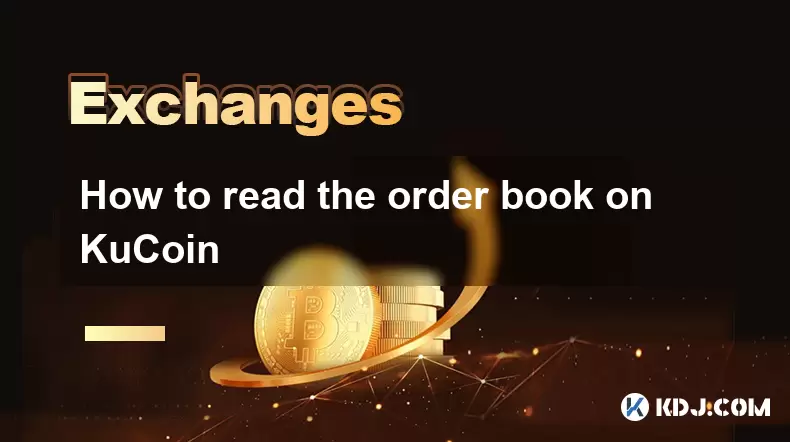
How to read the order book on KuCoin
Aug 10,2025 at 03:21pm
Understanding the Order Book Interface on KuCoinWhen accessing the order book on KuCoin, users are presented with a real-time display of buy and sell ...
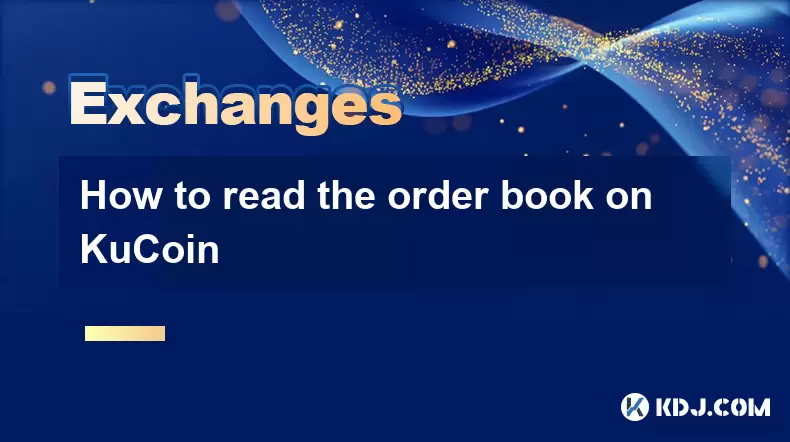
How to read the order book on KuCoin
Aug 12,2025 at 02:28am
Understanding the Basics of Staking in CryptocurrencyStaking is a fundamental concept in the world of blockchain and cryptocurrencies, particularly wi...
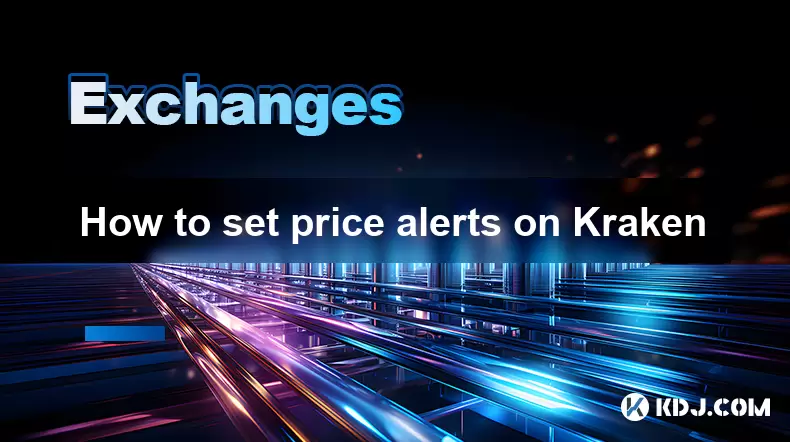
How to set price alerts on Kraken
Aug 11,2025 at 08:49pm
Understanding Price Alerts on KrakenPrice alerts on Kraken are tools that allow traders to monitor specific cryptocurrency pairs for price movements. ...
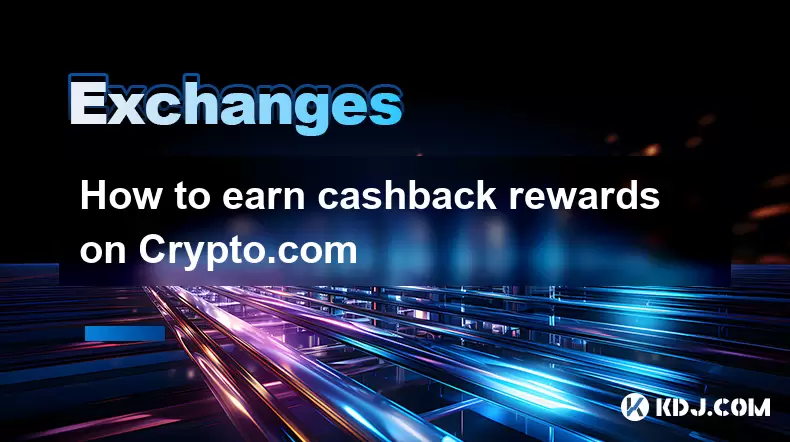
How to earn cashback rewards on Crypto.com
Aug 12,2025 at 02:08am
Understanding Cashback Rewards on Crypto.comCashback rewards on Crypto.com are a feature designed to incentivize users to spend using their Crypto.com...
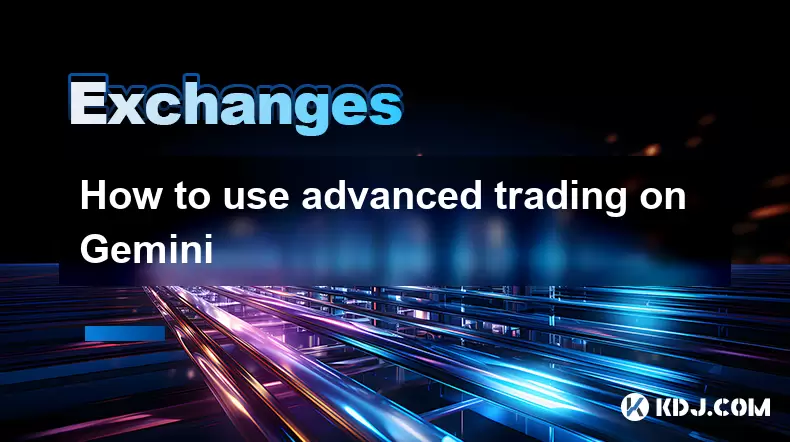
How to use advanced trading on Gemini
Aug 08,2025 at 04:07am
Understanding Advanced Trading on GeminiAdvanced trading on Gemini refers to a suite of tools and order types designed for experienced traders who wan...

How to use margin trading on Poloniex
Aug 08,2025 at 09:50am
Understanding Margin Trading on Poloniex

How to read the order book on KuCoin
Aug 10,2025 at 03:21pm
Understanding the Order Book Interface on KuCoinWhen accessing the order book on KuCoin, users are presented with a real-time display of buy and sell ...

How to read the order book on KuCoin
Aug 12,2025 at 02:28am
Understanding the Basics of Staking in CryptocurrencyStaking is a fundamental concept in the world of blockchain and cryptocurrencies, particularly wi...

How to set price alerts on Kraken
Aug 11,2025 at 08:49pm
Understanding Price Alerts on KrakenPrice alerts on Kraken are tools that allow traders to monitor specific cryptocurrency pairs for price movements. ...

How to earn cashback rewards on Crypto.com
Aug 12,2025 at 02:08am
Understanding Cashback Rewards on Crypto.comCashback rewards on Crypto.com are a feature designed to incentivize users to spend using their Crypto.com...

How to use advanced trading on Gemini
Aug 08,2025 at 04:07am
Understanding Advanced Trading on GeminiAdvanced trading on Gemini refers to a suite of tools and order types designed for experienced traders who wan...
See all articles

























































































